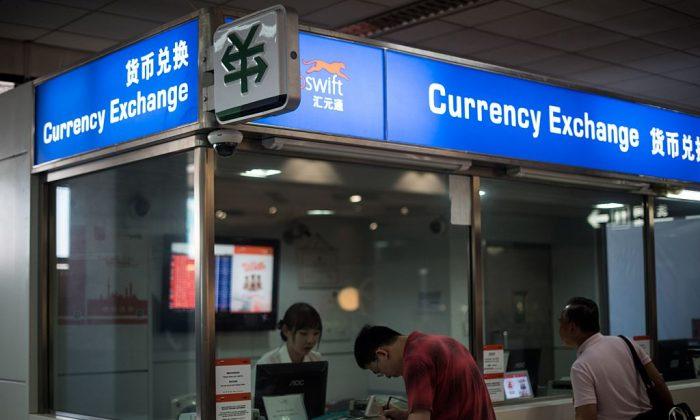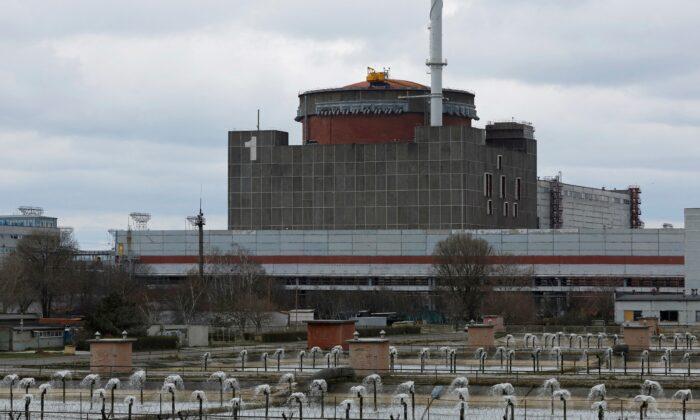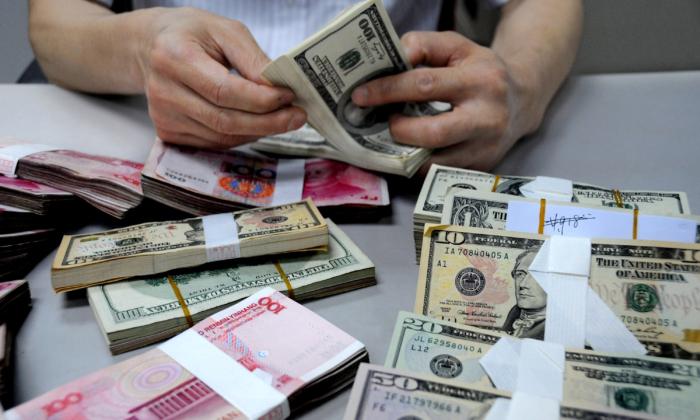The Hong Kong dollar continues to weaken as the United States starts its interest rate hike cycle. To maintain Hong Kong’s linked exchange rate system, the Hong Kong Monetary Authority (HKMA) made five purchases of HK$17.586 billion ($2.24 billion) in five days. Market participants expect that Hong Kong may have a net outflow of $100 billion by the end of 2023.
Hong Kong has pegged its currency to the U.S. dollar since 1983, allowing a narrow range of HK$7.75 to HK$7.85 per U.S. dollar. This means HKMA would sell U.S. dollars when local currency needs support, or buy them when Hong Kong currency becomes too strong.
On May 16, when the Hong Kong dollar hit the weak end of $7.85 per U.S. dollar, the monetary authority HKMA bought HK$5.888 billion ($750 million) to defend its currency, which was the fifth time in five days of HKMA’s financial market intervention.
For the same reason, the HKMA bought HK$3.164 billion ($403 million) in the early hours of New York trading on May 14. In the early hours of May 13, the HKMA bought HK$2.865 billion ($365 million). On May 12, the HKMA made two purchases, totaling HK$5.668 billion ($722 million).
On May 4, during U.S. time, the Federal Reserve announced an interest rate hike of 50 basis points and announced its plan to reduce the balance sheet. In response, the HKMA raised interest rates on May 5 and said it would stabilize the exchange rate between the Hong Kong dollar and the U.S. dollar under the LERS. Between May 12 and 16, the HKMA bought HK$17.586 billion ($2.24 billion) and sold corresponding U.S. dollars.
On May 18, Hong Kong’s bank balance had fallen to HK$320.15 billion ($40.8 billion).
In a recent report, Daiwa Capital Markets chief economist Kevin Lai pointed to the bank’s February research forecast that Hong Kong would see at least another $100 billion (HK$780 billion) of net outflows by the end of 2023, most of which would occur in 2022. In addition, as the HKMA anticipates more aggressive U.S. interest rate hikes, it is expected to intervene more frequently and on a larger scale in support of its weakening currency.
“The weakening of the Hong Kong dollar’s exchange rate was a result of the U.S. interest rate rise, which has led to capital outflows from the city and other emerging markets,” Eddie Yue Wai-man, HKMA’s CEO, said in a Legislative Council meeting on May 3, as he portended the impending intervention.
The U.S. Federal Reserve started the last interest rate hike cycle in December 2015, and the Federal Funds Rate was raised to 2.5 percent in December 2018, when the cycle came to an end. The weak end of Hong Kong dollar’s permitted trading range was triggered for the first time on April 12, 2018. In less than two weeks, up to April 24, the HKMA purchased Hong Kong dollars 13 times in the trading market, a total of HK$51.3 billion ($6.54 billion).
In the 12-month period beginning April 2018, HKMA bought more than HK$120 billion, and the balance of the banking system once fell to as low as HK $54 billion.





